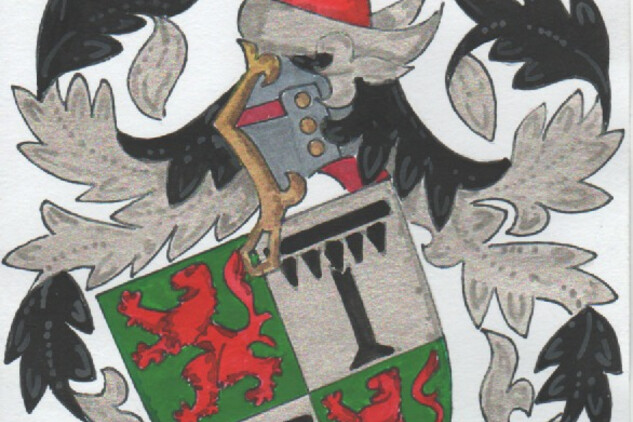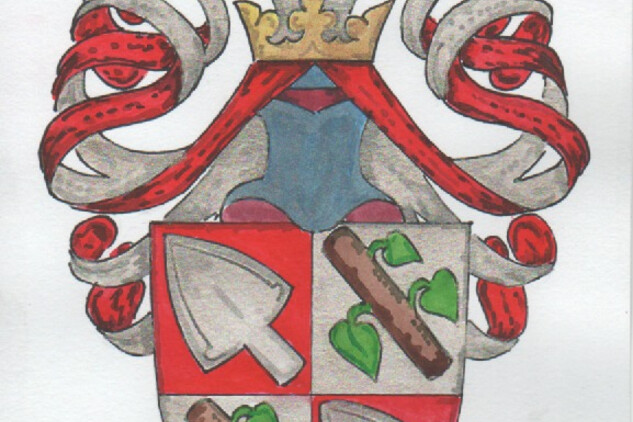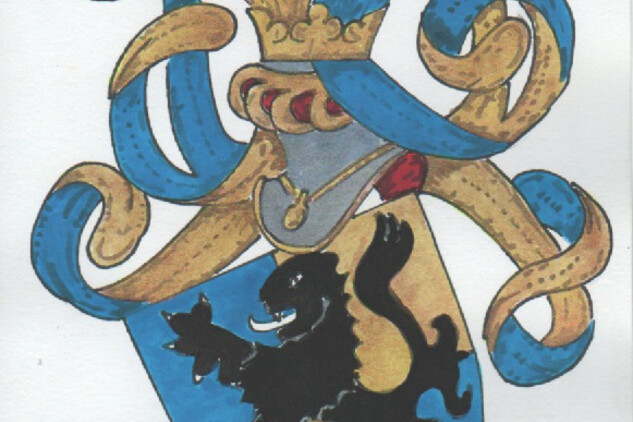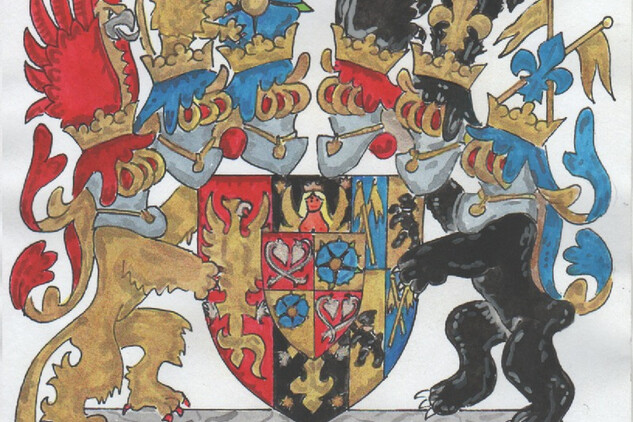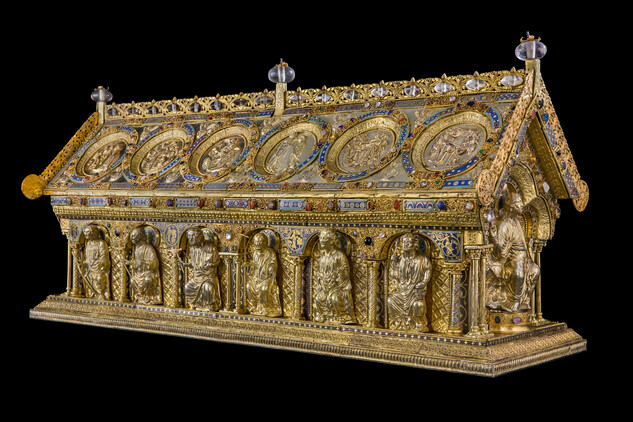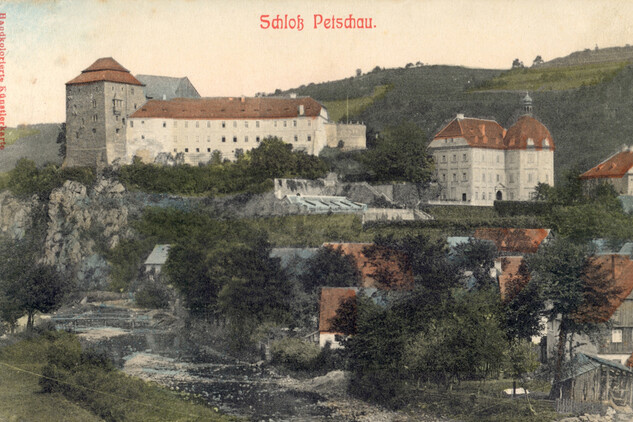Castle and Chateau History
The Bečov medieval castle was founded in the first half of the 14th century. The first reliable reference to the castle dates back to 1349, when a deed certifying the castle existence was issued by the then owners of the Bečov manor, the House of the Lords of Osek, later of Rýzmburk.
There were several stages of the castle construction. First, the bergfried or defence tower and the residential palace were built in the place of today´s upper chateau. After 1352, the construction of the tower that was originally going to have a residential function started. However, the plan was changed and the Chapel of the Visitation of the Virgin Mary was created in the space of three tower floors. The altar side was not east but north-oriented, due to the layout. There is a unique set of al secco wall paintings (painting on dry plaster) originating from around 1360.
After 1356, a representative residential tower, the so-called keep (one of the biggest ones in Bohemia) was built near the chapel tower. The walls of the castle lord´s private chamber were covered in late-Gothic paintings. The residential and chapel towers were connected by a rampart.
In 1495, the castle was acquired by Pluhs of Rabštejn who made significant contributions to the construction development of the castle thanks to their wealth gained by tin mining in Slavkovský les. They modified the keep interior and rebuilt the oldest part behind the bergfried to the Renaissance form; these buildings are still referred to as the Pluh Houses. They connected the keep with the chapel by a representative dining room where social events such as feasts and banquets were held.
During the Thirty Years´ War, in 1624, the Questenberks became the Bečov manor owners and used the castle mostly for farming. Under their possession, the castle was taken over by the Emperor´s garrison that stayed here until 1648, when the town and the castle were conquered by General Königsmark who captured the soldiers.
After the war experience, the Questenberks had a cannon bastion built above the moat to improve defence, which was incorporated in the octagonal Baroque castle tower in the 18th century. In 1752 Adam Questenberk died and the property is inherited by Dominik Ondřej Kaunitz jr. (nephew of J. A. Questenberk´s second wife).
In 1813, the Bečov manor was bought by Friedrich August Beaufort-Spontin who saw the future of his family not in France and Belgium but in the revolution-struck Austria. And it was his son, Alfred Beaufort-Spontin, who bought the St. Maurus Reliquary from the Church in 1838.
Alfred Beaufort-Spontin contributed to the history of Bečov by extensive chateau repairs and the contemplated romantic reconstruction of the medieval castle. The original plan to connect the castle to the Baroque chateau was designed by architect Josef Zítek. Due to high costs, only the St. Peter´s chateau chapel was reconstructed, as you can see on Route No. 2.
Thanks to Alfred´s grandson Heinrich George and his wife Adelheid Sylva-Tarouca in particular, a vast landscape park was built in Bečov, which used to be called the second Průhonice.
After the end of WWII, the Beauforts domain was confiscated on the basis of Benes decrees and divided to various users.
After WWII the chateau was used as a school. In 1969 the whole castle and chateau district was assigned to the Pilsen Historical Institute and a gradual reconstruction started. The work culminated in 1996 when the Baroque chateau was opened to the public. First there was an exhibition of West-Bohemian Gothic, later a permanent exhibition was installed from the returned house contents. Now it is located on the second chateau floor as the first floor is dedicated to a unique presentation of "the finding of the century" - the Romanesque St. Maurus Reliquary.
